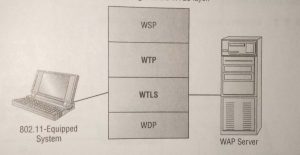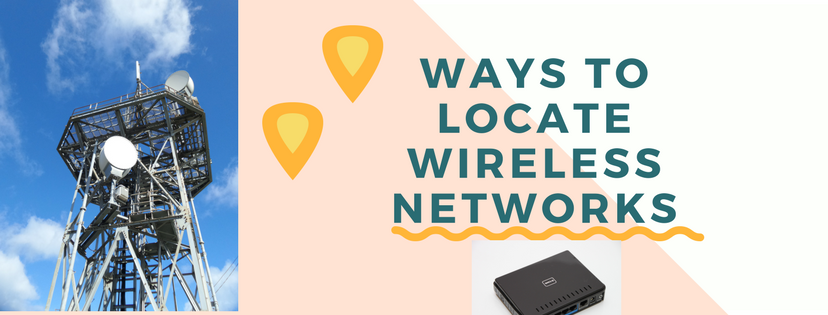
Understanding Wireless Devices
Wireless Devices: Mobile devices, including Smartphones, e-book readers, and tablet computers, are popular.
Many of these devices use either RF signaling or cellular technologies for communication.
Below shows you the result of an Amazon Kindle’s Search for wireless network.
Wireless Scanning is done by a wide variety of devices, such as the Amazon Kindle.

If the device uses WAP, in all likelihood it doesn’t have security enabled. Several levels of security exist in WAP:
Anonymous Authentication This allows virtually anyone to connect to the wireless portal.
Server Authentication This requires the workstation to authenticate against the server.
Two-Way (Client and Server) Authentication This require both ends of the connection (client and server) to authenticate to confirm validity.
Many new wireless devices are also capable of using certificates to verify authentication. Below shows you a mobile system’s network.
This network uses both encryption and authentication to increase security.
A mobile environment using WAP security

Following are the technologies used to provide services between the devices:
Wireless Session Protocol (WSP) WSP manages the session information and connection between the devices.
Wireless Transaction Protocol (WTP) WTP provides services similar to TCP and UDP for WAP.
Wireless Transport Layer Security (WTLS) WTLS is the security layer of WAP.
Wireless Datagram Protocol (WDP) WDP provides the common interface between devices.



